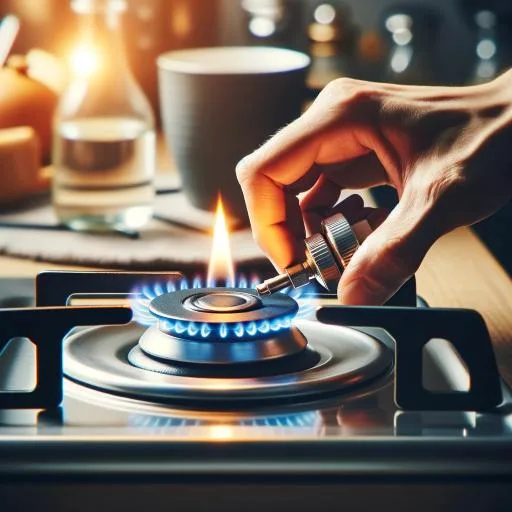Cooking Range Timer Not Working – How to Fix

Introduction to Cooking Range Timer Issues
Cooking range timers play a critical role in meal preparation by ensuring precise cooking durations. When your timer malfunctions, it can disrupt your kitchen routine. This article explores common causes of timer issues and practical solutions to get it back in working order.
How Cooking Range Timers Work
Timers can be digital or mechanical, integrated into modern cooking ranges. They manage durations for cooking and can also work with features like self-cleaning. Understanding the basics helps in diagnosing issues effectively.
Common Causes of Timer Malfunction
Electrical Connectivity Issues: Power supply disruptions can halt timer functions.
Worn-Out Components: Over time, mechanical parts may degrade.
Software Glitches: Digital timers are prone to software-related problems, especially after power surges.
Diagnosing the Problem
Before diving into repairs, ensure safety by unplugging the cooking range. Gather tools such as a multimeter and screwdriver. Check for obvious signs of damage, like frayed wires or physical wear.
Fixing a Mechanical Timer
Mechanical timers often suffer from worn-out gears or misaligned components. Disassemble the timer, inspect for damage, and replace faulty parts. Lubricate gears to prevent future issues.
Troubleshooting a Digital Timer
Digital timers may need a simple reset to resolve minor glitches. Check for software updates or faulty connections. If the problem persists, replacing the timer module might be necessary.
When to Replace the Timer
If repairs don’t restore functionality or the timer shows persistent issues, replacement is the best option. Choose a compatible part based on your cooking range’s model and specifications.
Preventive Maintenance for Timers
Routine care can prolong the life of your timer. Clean it regularly, avoid overloading, and use the timer features as per the manufacturer’s guidelines.
Professional Repair vs. DIY
DIY repairs are cost-effective but carry risks if you lack technical expertise. Professionals can ensure thorough repairs, especially for complex digital systems.
Tools and Resources for DIY Repair
Equip yourself with basic tools like pliers, a multimeter, and repair manuals. Online guides and video tutorials are invaluable resources for first-time DIY enthusiasts.
Common Timer Problems and Their Fixes
Timer Not Setting Correctly: Reset or recalibrate the timer.
Timer Running Slow/Fast: Check internal circuits or replace the timer.
Timer Not Turning Off: Inspect the switch mechanism or wiring.
Exploring Advanced Timer Issues
Complex problems like circuit board failures or rare mechanical defects require specialized knowledge. In such cases, professional help is advisable.
Upgrading to a Modern Timer System
Consider upgrading to a digital timer with advanced features like Wi-Fi connectivity and programmable settings. Installation is straightforward with proper instructions.
FAQs About Cooking Range Timer Problems
Why does my timer stop working intermittently? This is often due to electrical issues or loose connections.
Can I fix my timer without professional help? Yes, but ensure you follow safety protocols.
How much does a replacement timer cost? Prices vary based on brand and type but generally range from $20 to $100.
Are digital timers better than mechanical ones? Digital timers offer advanced features but can be more prone to software glitches.
Conclusion and Final Tips
Address timer problems promptly to maintain your cooking range’s efficiency. Whether you opt for DIY repair or professional help, understanding the issue is the first step towards a solution.

Fix Your Cooking Range Now
Get professional cooking range repair for consistent and efficient flames.
Restore Cooking Range Performance Today
Contact Info
Business Hours
- Mon - Fri: 8:00am - 9:30pm
- Saturday: 8:00am - 10:30pm
- Sunday: 8:00am - 11:30pm
Information
- 2025
- Repairing Lab Dubai.
- All rights reserved.
